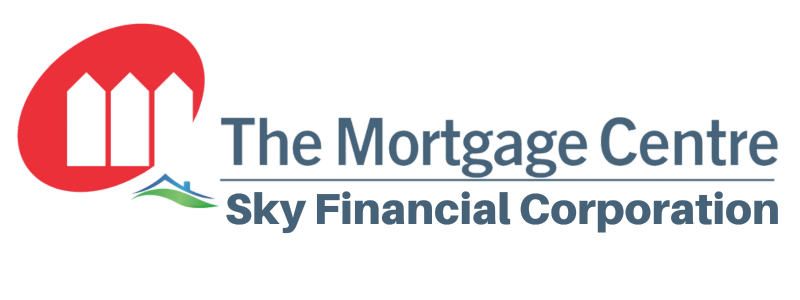Reverse Mortgages
A Reverse Mortgage offers a unique and flexible financing solution for homeowners aged 55 and older. Unlike a regular mortgage or loan, with a Reverse Mortgage, homeowners are not required to make regular mortgage payments. Instead, the loan is secured against the value of the home and is repaid only when the homeowners no longer reside in the home.

One of the key advantages of a Reverse Mortgage is that homeowners can stay in their home and community, maintaining complete ownership and control for as long as they choose to stay. The loan proceeds received through a Reverse Mortgage are tax-free and can be used however the homeowner wishes. This provides homeowners with the freedom and flexibility to access the equity in their home to pay off debts, handle unexpected expenses, assist children or grandchildren, improve their day-to-day standard of living, make a special trip or purchase, and more.
With a Reverse Mortgage, there are no regular mortgage payments until the homeowner decides to move or sell the property. This allows homeowners to gain greater control over their finances and set their own plans and priorities for their retirement years. The amount available through a Reverse Mortgage can be up to 55% of the home’s equity, providing homeowners with a significant source of funds to support their financial goals and enhance their retirement lifestyle.
Additionally, accessing funds through a Reverse Mortgage does not impact Canada Pension Plan (CPP) or Old Age Security (OAS) benefits, offering homeowners peace of mind while enjoying the financial benefits of their home equity.
Take advantage of the financial freedom and flexibility offered by a Reverse Mortgage. Contact us today to explore how a Reverse Mortgage can help you access the equity in their homes and enjoy a comfortable and secure retirement.
Frequently Asked Questions about Reverse Mortgages
It’s important to note that reverse mortgages have specific terms and conditions, and eligibility requirements may vary among lenders. It’s advisable to consult with a mortgage professional or reverse mortgage specialist to fully understand the implications, benefits, and considerations associated with a reverse mortgage based on your individual circumstances.
What is a reverse mortgage?
A reverse mortgage is a type of loan available to homeowners aged 55 and older, allowing them to access the equity in their homes without having to sell or move out. Unlike traditional mortgages, with a reverse mortgage, homeowners are not required to make regular mortgage payments. The loan is repaid only when the homeowners no longer live in the home.
How does a reverse mortgage work?
With a reverse mortgage, homeowners can borrow against the value of their home and receive loan proceeds in the form of tax-free funds. The loan amount is based on factors such as the homeowner’s age, home value, and location. The loan does not have to be repaid until the homeowners sell the home, move out, or pass away. Interest accumulates over time, and the loan is typically repaid from the proceeds of the home sale.
What can the funds from a reverse mortgage be used for?
The funds obtained through a reverse mortgage can be used for various purposes. Homeowners have the flexibility to use the funds as they wish, whether it’s to pay off debts, cover unexpected expenses, assist family members, make home improvements, enhance their day-to-day living standards, or even take a special trip. The choice is entirely up to the homeowner.
Do I still own my home with a reverse mortgage?
Yes, with a reverse mortgage, homeowners retain complete ownership and control of their home. The reverse mortgage is a loan secured against the home’s equity, but the homeowner continues to live in and own the property. It’s important to keep the property in good condition and stay up-to-date with property taxes and insurance.
How much money can I borrow with a reverse mortgage?
The amount that can be borrowed with a reverse mortgage is based on factors such as the homeowner’s age, home value, and location. Typically, homeowners can access up to 55% of the equity in their home. The specific amount available will be determined through an assessment process by the lender.
